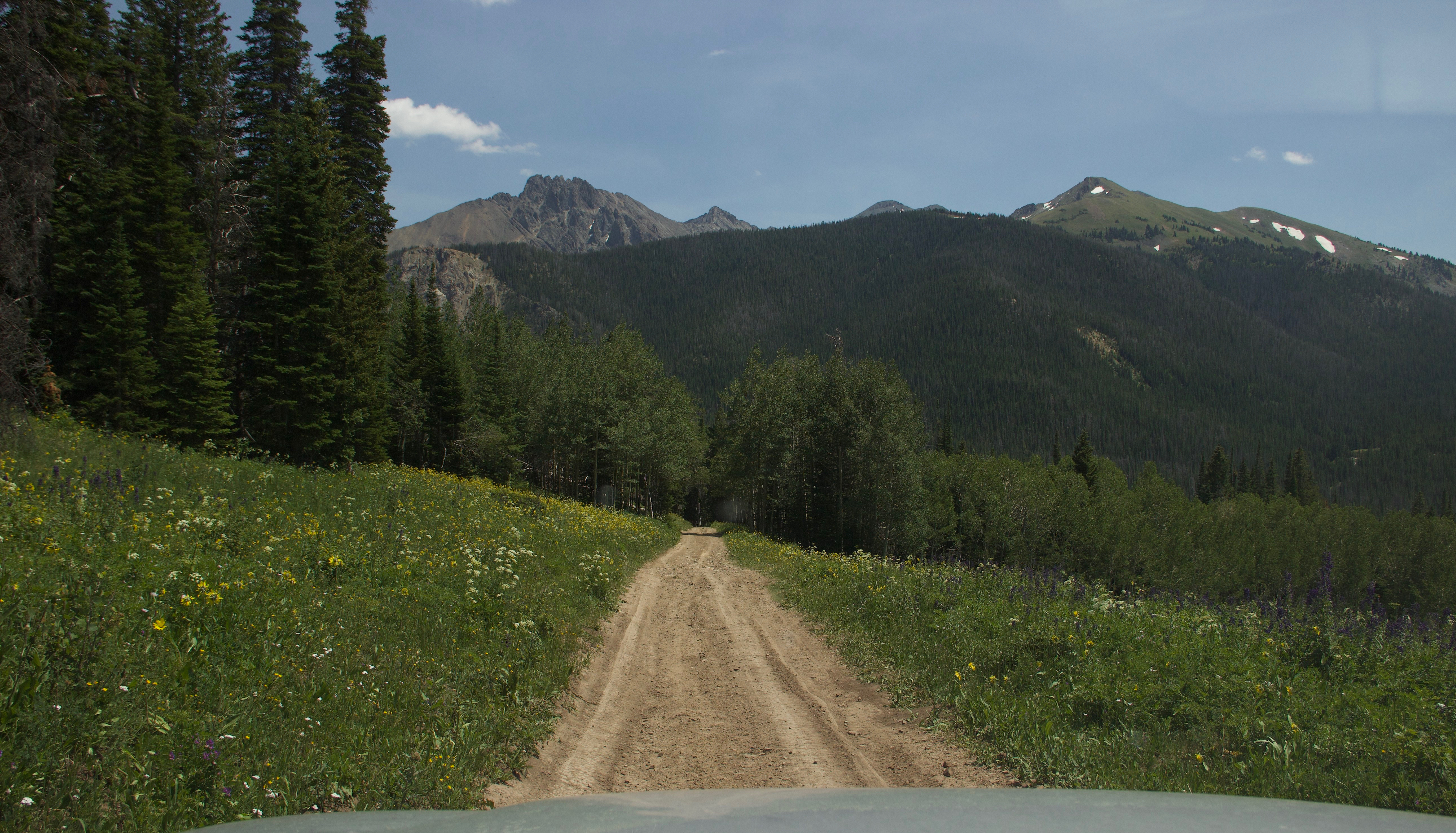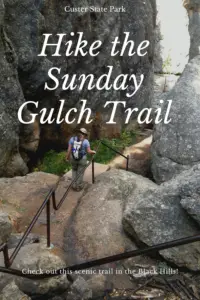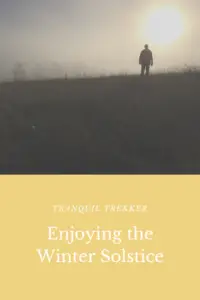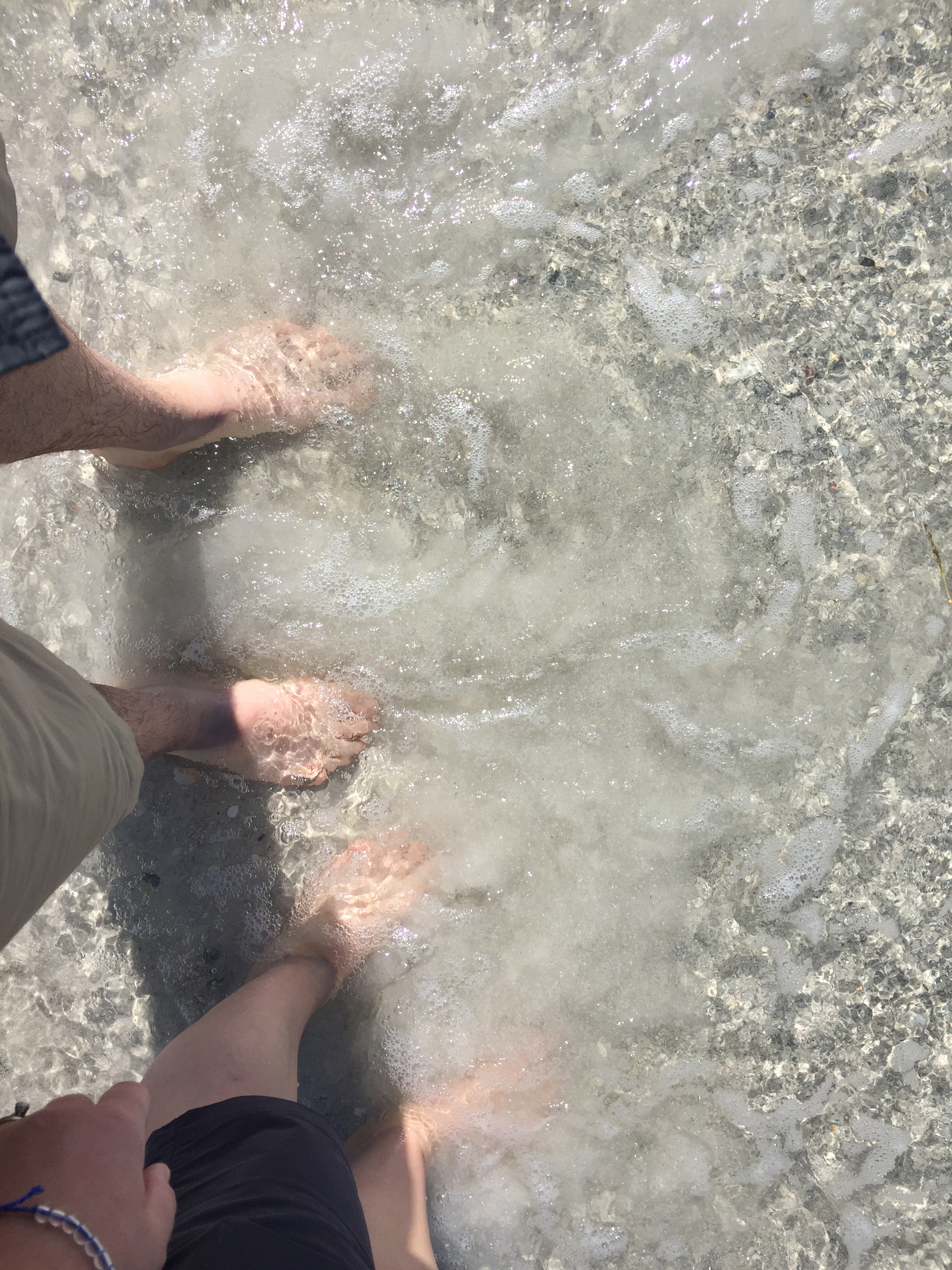This may sound odd, but I find weeding and gardening to be a mindfulness exercise (nobody tell Mr. Trekker that! 🤫)
Some people find things like folding laundry, cleaning the house, or doing dishes to be meditative. While I can see their point, those chores just don’t do it for me. 🙃 For whatever reason, weeding and flower gardening are some of the only activities (aside from outdoor recreation) that I find actually calm my racing thoughts. Though I may get tired when completing these tasks, I don’t get bored. Time doesn’t drag by. I find I’m often, satisfyingly surprised at how much I can get done in a short amount of time.
I read an article about people who have gained a substantial following on Pinterest showing off their techniques for keeping their houses so clean. While the writer agreed completing these tasks can be satisfying, she also worried seeing the level of cleanliness that others are able to maintain could add stress for some people, as they may not feel they can live up to those standards.
I can understand either perspective. I don’t intend to make anyone feel bad if they don’t always find time to keep up with their yard work. I can only speak to my personal experience. I am just regularly amazed how my mind, that constantly swims with numerous thoughts on various subjects, can be completely calmed just by working in the dirt a bit. Maybe this is why I’m Nature Girl! 😉
These activities also give me the opportunity to think through–and sometimes resolve–issues I’ve been struggling with. In distressing, stressful times, I find comfort in “playing in the dirt”. When I can get my hands busy with tangible tasks, I’m able to focus on just one idea at any given moment. On other occasions, my mind is actually able to completely relax and let go.

 I think some of this is due to the fact that it’s incredibly satisfying to complete a physical task and see that something looks “better” after you’ve finished with it. I feel a lot of satisfaction when I look out the kitchen window and see flower beds that are well-maintained, where, just a few, short hours ago, they were shaggy with weeds and grass.
I think some of this is due to the fact that it’s incredibly satisfying to complete a physical task and see that something looks “better” after you’ve finished with it. I feel a lot of satisfaction when I look out the kitchen window and see flower beds that are well-maintained, where, just a few, short hours ago, they were shaggy with weeds and grass.
I think in our modern world, where so much of the work we complete is often either on a computer or even web-based, you can spend an entire day putting large amounts of energy into work–and can potentially accomplish quite a lot–but it isn’t as satisfying. There is nothing you can hold in your hand (or a desk free of piles of work) that allows you to feel like, “I made that happen”. There is something very real in the physicality required to complete tangible tasks.
There is some scientific basis for these feelings. “Grounding”, or “earthing” is a concept based on the idea that modern life keeps us separated from direct contact with our natural environment, much to our disadvantage. The theory is that the earth maintains a slightly negative electrical charge, while our bodies build up an excess positive charge, an effect of inflammation over time. So, coming into contact with the earth helps to bring us back into equilibrium. You wouldn’t be surprised to learn that these ideas are a bit controversial. 😮
Another blog I like, The Wellness Mama, offers a more in-depth explanation of these practices. While some studies are ongoing, nothing substantial has been proven regarding these theories…yet. The National Center for Biotechnology Information offers two of the more serious, scientific studies that have been completed on the topic, one of which discusses the health benefits of gardening. They can be found here and here.
Something special just seems to occur when our bodies come into direct contact with nature. I’ve spoken before about the peace I (and many others) feel in a connection with the natural world. The idea of forest bathing comes from this same connection. Humans spent eons living as a part of nature, that’s how we evolved. Is it really so far-fetched to believe there may be true health benefits found in a literal connection with that world?
In our modern existence of artificial lighting, artificial air, and artificial substances, is it any wonder that a lack of that connection may have detrimental effects on us?
Some of this starts to get into the outer limits of what science can currently prove, so I can understand if people may be a little skeptical. I’m not trying to suggest that playing in the dirt is the magic cure for all that ails us. But, I do feel better when I engage in a little gardening, so aside from a few dirty fingernails, what can be the harm?

Do you find there are meditative qualities in simple, hand’s-on tasks? Tell me about them in the comments!
Did you enjoy reading this post? Pin it!
Like what you read here today? Please feel free to leave a comment, like or share this post! Add your email at the bottom of the page, or the sidebar to the right, to be notified when a new post is published. By signing up for the email list, you will also receive a free copy of the Tranquil Trekker’s Top 10 Tips of Trekking Do’s and Don’ts!
You can also follow the blog on social media by clicking the links below!



















 Learning to cross-country ski
Learning to cross-country ski










































